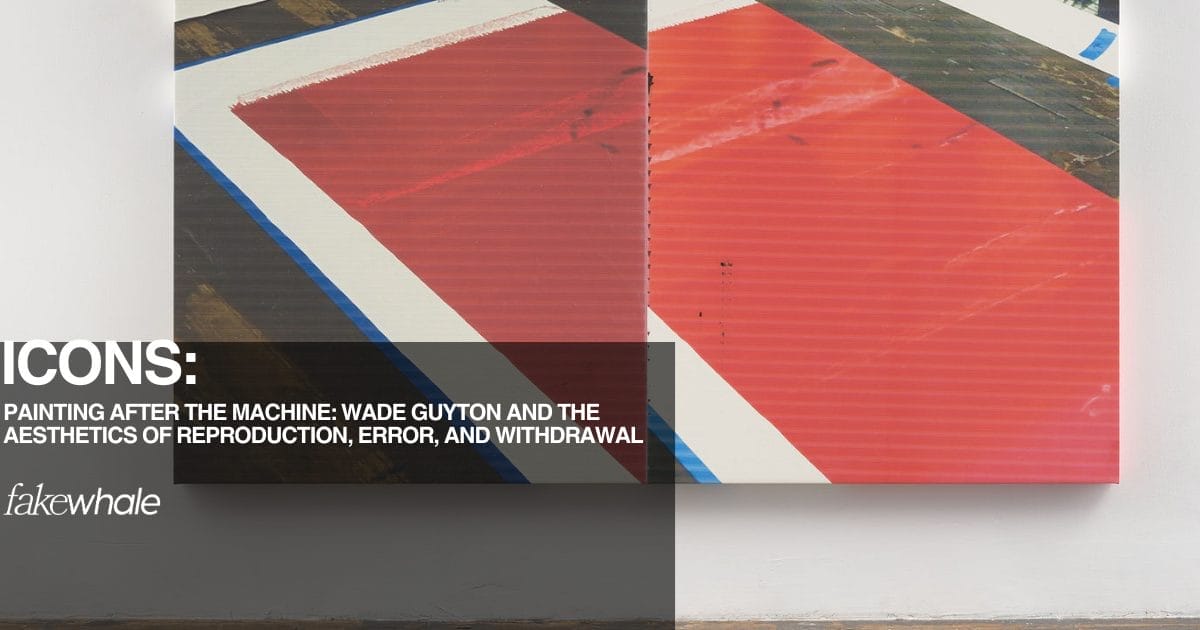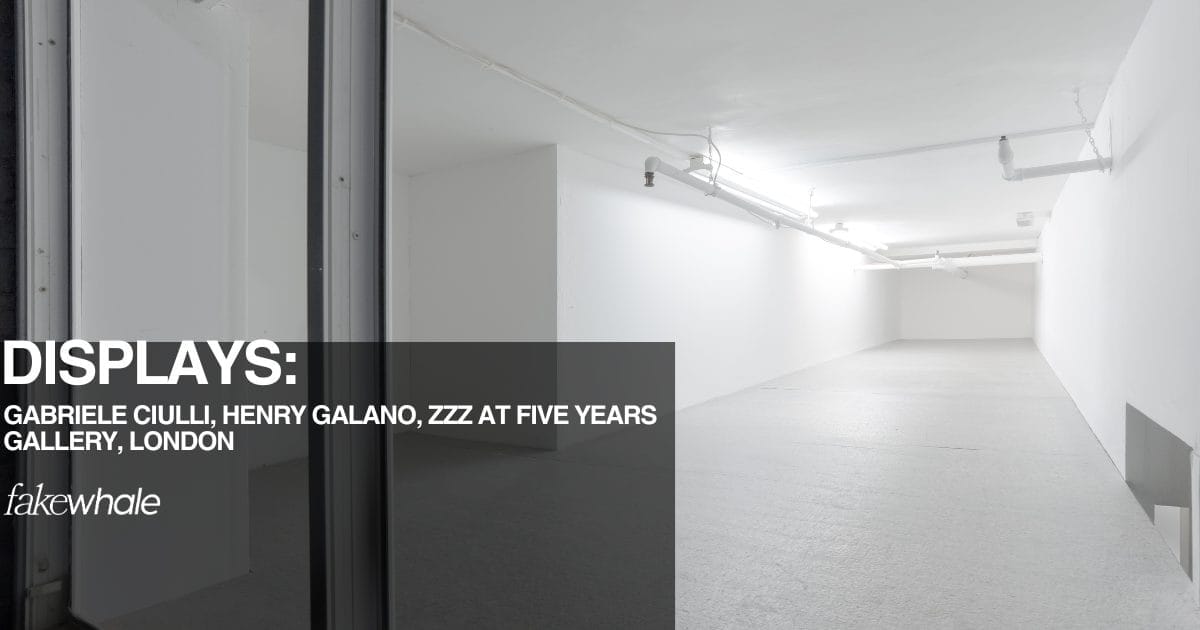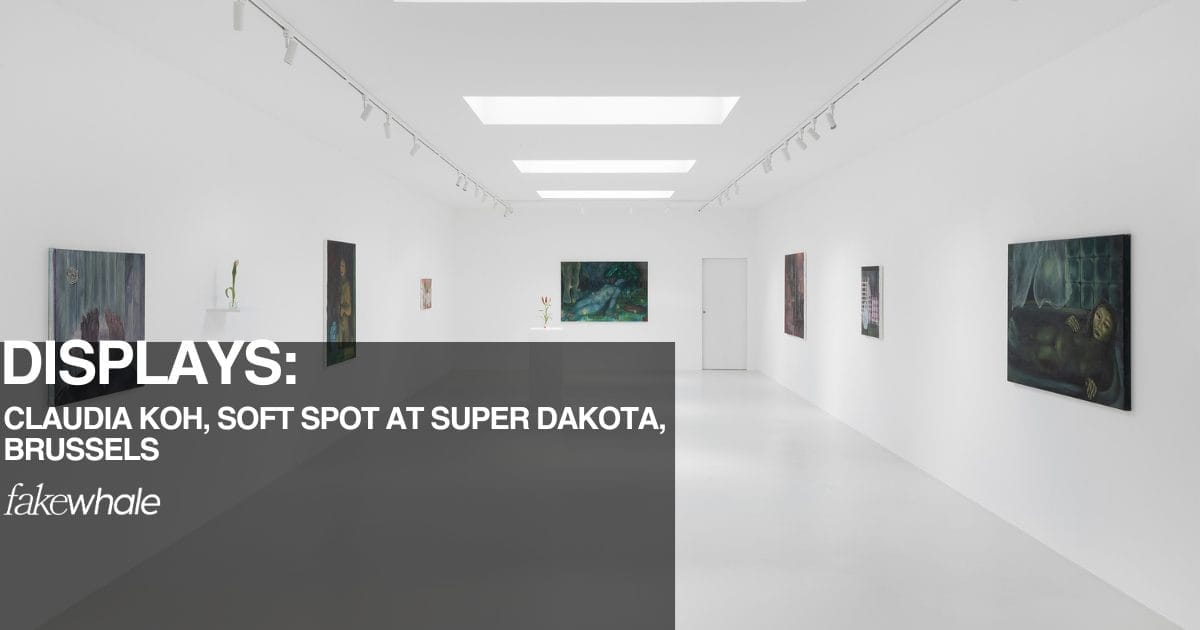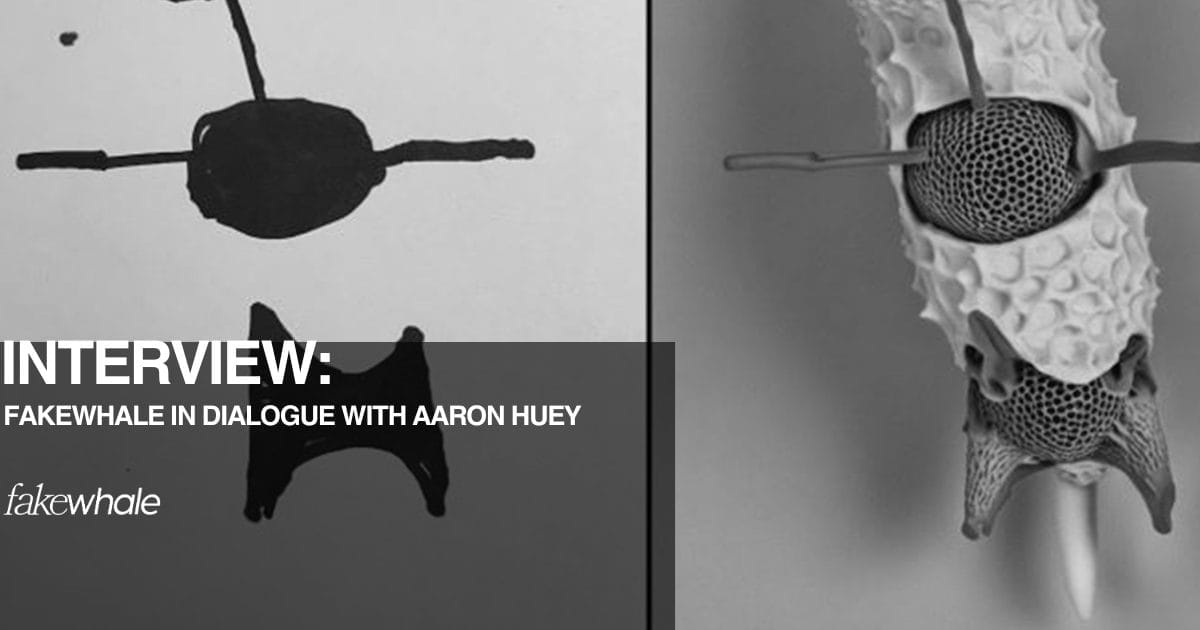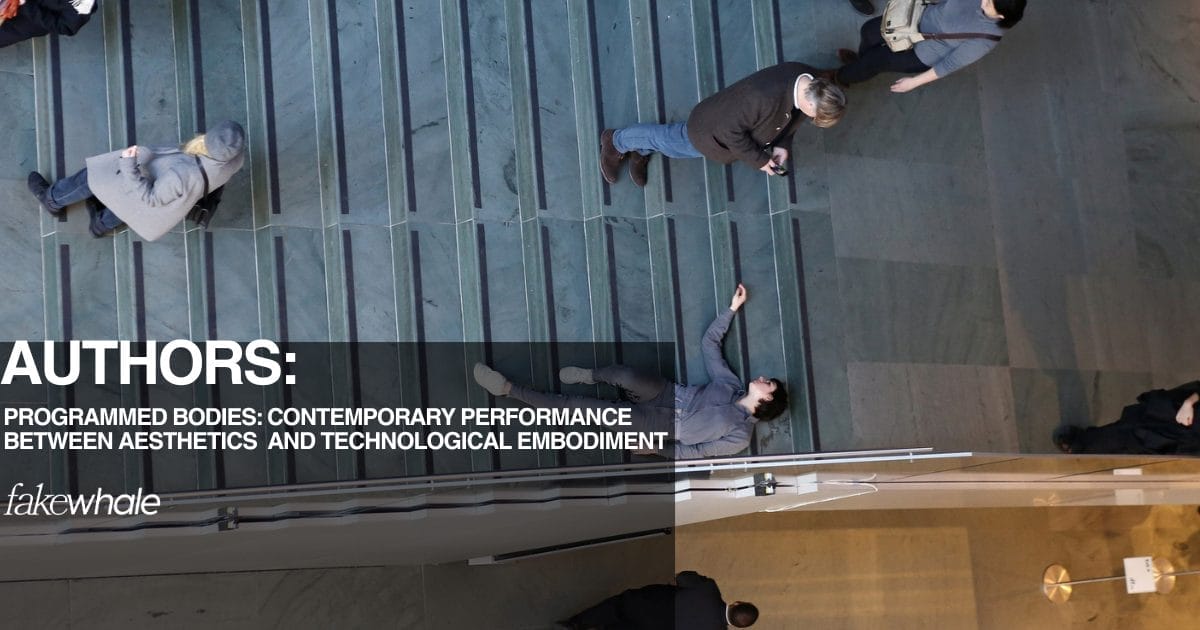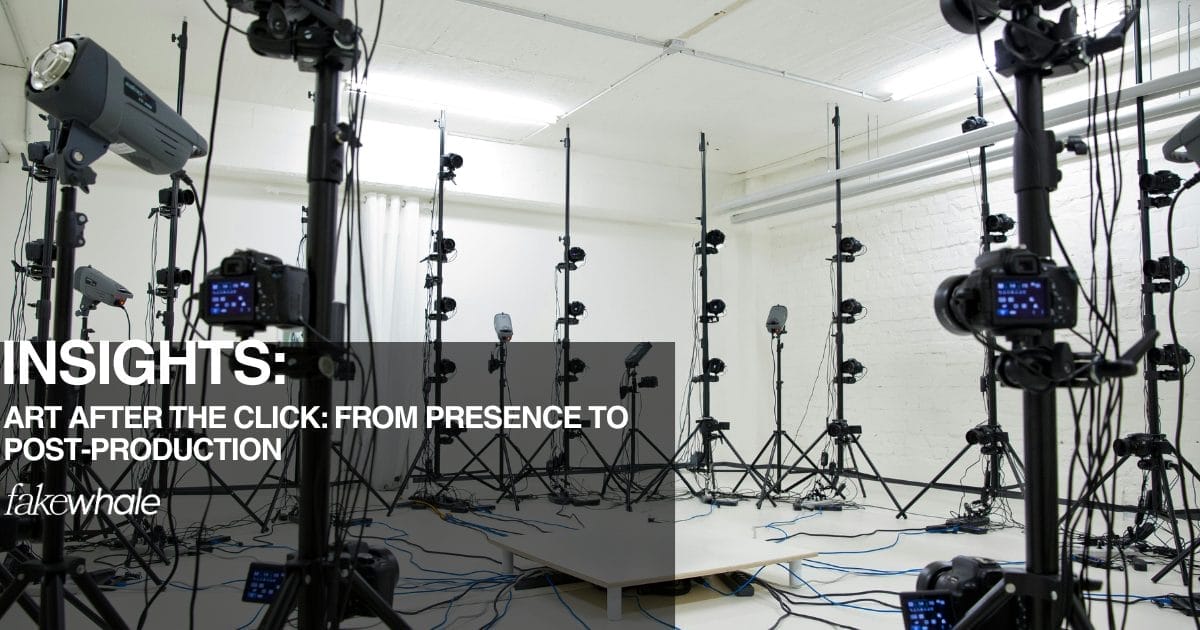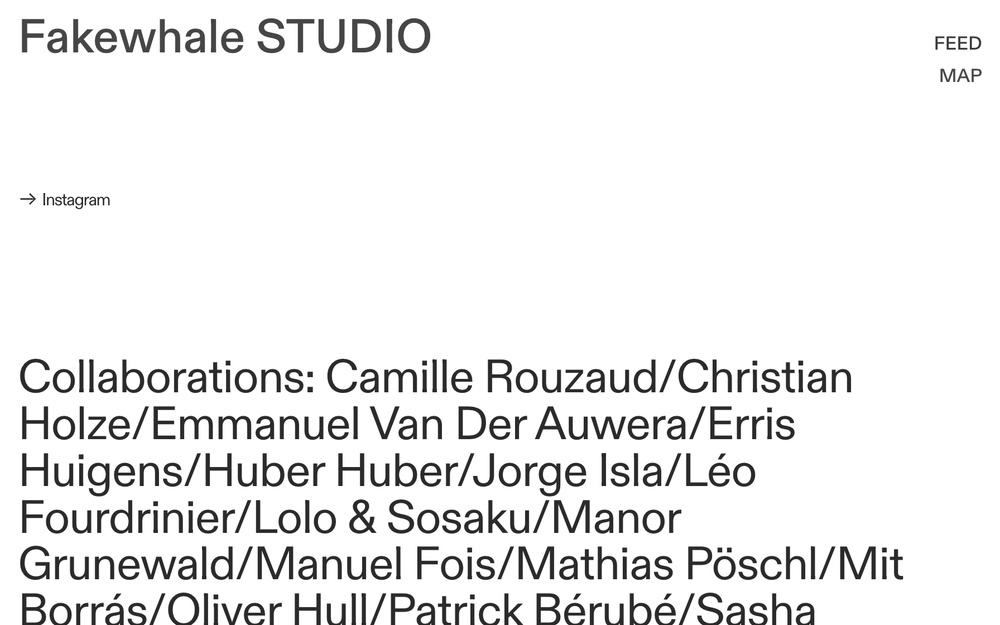
Wade Guyton | Untitled (Action Sculpture) (2005)
Every home begins with a lack. A lack of warmth, of order, of a place to set down your keys, or your thoughts. Before it is aesthetic, furnishing is a form of emotional survival. But what happens when the studio becomes a mirror of a psyche that rejects the norm? When every attempt at composition collapses into a repeated, serial, broken gesture?
Standing before Wade Guyton’s canvases feels like stepping into a workspace drained of function, where ideas snag on the machinery. His surfaces seem printed by a machine that has forgotten why it started working in the first place: sheets of linen too large for the office, too impersonal for painting, yet profoundly human in their hesitation.
Black, ever-present, is more protocol than expression. A command executed and interrupted, like a decision made and then revoked. The marks that cross the canvas, Xs, bands, slips, don’t communicate; they persist. Suspended between function and failure, they speak in a sparse, post-assertive language, imprinting themselves on the studio space like mental residue.
ICONS/ Painting After the Machine: Wade Guyton and the Aesthetics of Reproduction, Error, and Withdrawal

View of Wade Guyton’s exhibition at MAMCO, 2016. Photo: Annik Wetter — MAMCO, Geneva.
(…) Guyton does not paint. Nor does he “design” in the modernist sense. He establishes, instead, a method of production that lives inside a malfunction: the printer, built to produce spreadsheets, contracts, clean layouts, is overloaded, forced, made to fail. The smudges, misalignments, cut-off blocks of ink, these are not flaws to be corrected but signatures of an internal resistance. In this way, Guyton’s art is born as a strategy of sabotage from within the device.
His first significant solo show came in 2005 at Friedrich Petzel Gallery, but the critical response had already been percolating. Earlier works, pages torn from art magazines, overwritten with black bands or emptied-out words, had drawn attention from those attuned to the new aesthetic signals. At a time when the art world was still metabolizing the legacy of 1980s appropriation, Guyton proposed something else entirely: a form of painting that prints itself, that refuses construction, that doesn’t represent but instead registers a break. (…)
CONTINUE READING ↓
INTERVIEWS/ Fakewhale In Dialogue with Dominic Kießling
In an era dominated by augmented reality, artificial intelligence, and immersive media, German artist Dominic Kießling reminds us that sometimes all it takes to evoke wonder is a hairdryer, a plastic bag, and a bit of air. His kinetic installations, both poetic and elemental, reveal the hidden power of the simplest physical phenomena: the breath of air, the tension of skin, the perpetual cycle of form emerging and dissolving. In this conversation with Fakewhale, we explore his intuitive, improvisation-based creative process, his journey from motion graphics to experimental minimalism, and his upcoming editorial project.
Fakewhale: You work with elemental forces like air, pressure, skin, and gravity, yet your installations evoke profound emotional states. What draws you to these “invisible forces,” and how do you choose the materials that express them?
Dominic Kießling: I always wanted to create creatures. I came across several artists in my life who are doing similar things and it always touched me so much that I had to try something similar on my own. It fascinated me that even very abstract objects that are obviously human made can give you the impression of a living being by only moving in a very certain way. So I was searching for physical principles and ended up with some hair dryers and plastic bags. I was actually inspired by these sky dancers which I actually find very ugly and hectic, but I thought probably this is not the end of the story. I believed there would be more potential in this phenomenon. So this was the initial situation and it quickly became apparent that I just opened the box of pandora. I realized that there is a whole universe of possibilities to be discovered. One very important step was when I found these super thin foils which are actually very cheap one-way products for covering your floor while painting your walls. I really love the contrast of the poetry and vulnerability of the material on one side and its trivial purpose on the other. And yes, they can evoke very strong emotional states. Another beautiful contrast is the cold objectivity and precision of my experiments on the one side and the strong emotional result on the other. The best example of that is my installation “life cycle of a plastic tube” It started with a very simple experiment and resulted in a metaphor of life and death. One funny fact is that the basic elements of installation are the same as for these sky dancers, only with some different physical parameters and it took miles of detours to come back to this initial idea. (…)
CONTINUE READING ↓
INTERVIEWS/ The Language of Expectation: Fakewhale in Conversation with Francesco De Prezzo

Francesco De Prezzo “Liminal Figures” at FORM, Wageningen _ Amsterdam, 2025. Courtesy the artist and FORM, Wageningen / Amsterdam
– “Dear M, good paintings go to galleries, but bad paintings end up everywhere.”
With this provocation, Francesco De Prezzo opens the preface to his latest artist’s book, an entry point that encapsulates the complex paradoxes underpinning his practice. For years, we have followed his evolving body of work, drawn to his ability to deconstruct the image and reframe its ontology. His artistic language exists in a space of suspension, where the act of creation is inseparable from its own manipulation, and the artwork emerges as a site of negotiation, a dynamic interface between object and observer, image and absence.
In his work, documentation is never a neutral tool; rather, it emerges as a creative gesture that reshapes the conventional relationship between the artwork and its image.
We caught up with him for a relaxed Fakewhale conversation, eager to unpack the conceptual tensions and visual strategies at the heart of his research, and to learn more about his latest work, Liminal Figures.
Fakewhale: In your latest exhibition Liminal Figures, you chose to sharply separate the works from the physical space that hosts them. The seven paintings from the Null Paintings series appear almost alien to the exhibition context, as if they were disconnected from the space they’re meant to inhabit. What led you to make this choice? Was it driven by conceptual reflection or a formal necessity?
Francesco De Prezzo: We usually think of an exhibition as a process of assembling, something that brings elements together, not pulls them apart.
But this time, instead of asking myself what to show, I asked what I wouldn’t show. That shift led me to radically separate the images of the paintings from the exhibition space itself.
In fact, I’m not even sure this qualifies as an exhibition.
In the documentation photos of Liminal Figures, the paintings appear almost as an afterthought. Looking at the sequence of images, you get the sense that the exhibition is either yet to be installed, or paradoxically, already dismantled.
I’m interested in playing with the audience’s expectations in this way, creating an unusual distance between the work and its context, yet still presenting them together.
The effect is similar to opening a folder of files: you’re faced with a collection of images that seem to belong to a preparatory or conceptual phase, but for me, this is the finished work(…)
CONTINUE READING ↓
EXPLORE THE LATESTS ARTICLES↓
If you want to submit the full documentation for an exhibition or event, use the dedicated form HERE. Every week, our editorial team reviews and selects the best applications.
INTERVIEWS/ Fakewhale in Dialogue with Aaron Huey
Aaron Huey’s artistic practice cannot be pinned down to a single era, medium, or terrain, geographic or virtual. From high-risk field photography to AI-driven visual experiments, from collaborative campaigns with Amplifier.org to poetic reinterpretations of the climate crisis, Huey navigates through tools and contexts with an uncommon fluency. We at Fakewhale had the pleasure of diving into the layers of his work, exploring the fluid dialogue he creates between image, memory, and machine. What follows is a journey across deserts, data streams, and the blurred borders of photographic possibility.
Fakewhale: When did you begin to perceive photography not just as documentation but as a form of expressive art?
Aaron Huey: That line has always been fluid for me. Even in my earliest work in the Georgian Caucasus, I was searching for something beyond straight reportage, those in-between moments that carried more poetry than facts. I put every frame from that time (1998-2000 with my very first cameras and film) on-chain with my FirstFilm.xyz project, essentially minting my process itself. You can see my birth as a photographer as a 22 year old version of me learns how to use the medium. I think that approach deepened through my years of editorial work even if I was on assignments that were on the surface to “just document,” because it was never just documentation. As seen in recent work I did in the LA fires, which is far more than just reportage. I’ve always been looking for the in-between images.
I do think the definitive shift occurred when I started to hit the limitations of traditional publications and began collaborations with other artists, but especially when I started working with (and in) machines. The visual language immediately transformed, even though in my mind, it was a natural extension of the same conceptual threads.. (…)
CONTINUE READING ↓
AUTHORS

Authors' Insights explores experimental practices spanning sculpture, installation, video art, and transdisciplinary research. As part of the Fakewhale LOG, it provides writers, curators, and art professionals a platform to exchange perspectives, driving deeper engagement with contemporary critical discourse.
Are you a writer, curator, or art professional? Do you have a unique perspective to share or a critical reflection that could enrich the contemporary debate? Fakewhale invites you to contribute to the new “Authors Insights” section. Reach out at [email protected]
AUTHORS/ Programmed Bodies: Contemporary Performance Between Aesthetics and Technological Embodiment by Giulia Moscheni

If one tries to access the website www.liminal.contact today, what appears on the blank page of our display is an error message. In my case, for example, it reads: “Safari can’t find the server,” followed by the standard browser language: “Safari can’t open the page ‘https://www.liminal.contact’ because it can’t find the server ‘www.liminal.contact’.” I remember that for a long time, that domain remained active: the link provided access to an online exhibition that redefined the perception of a traditionally physical space, transposed into a digital threshold. The exhibition consisted of three rooms, or perhaps, more accurately, sections, structured to virtually recreate the environments of Villa Massimo’s Gallery in Rome, which now took on the connotation of liminal spaces accessible exclusively via the web. The website www.liminal.contact was conceived as a platform hosting a specific event: the exhibition Liminal, created in 2020 following a residency by Russian artist Rachel Monosov, in collaboration with Accademia Tedesca Roma Villa Massimo and curated by Julia Trolp.(…)
CONTINUE READING ↓
EXPLORE THE LATESTS ARTICLES↓
FAKEWHALE GALLERY
On May 8th, Fakewhale Gallery presents C2ASH by Jesse Draxler on Verse.
C2ASH marks Jesse Draxler’s return to Verse with Fakewhale through a continuation that expands the rupture initiated with CRASH.
More than a sequel, C2ASH defines a system. It evolves from the foundational tension of controlled fragmentation into a refined generative field where analog precision meets algorithmic structure.

output, C2ASH, Jesse Draxler
That wraps this week’s issue of the Fakewhale Newsletter, be sure to check in for the next one for more insights into the Fakewhale ecosystem!
